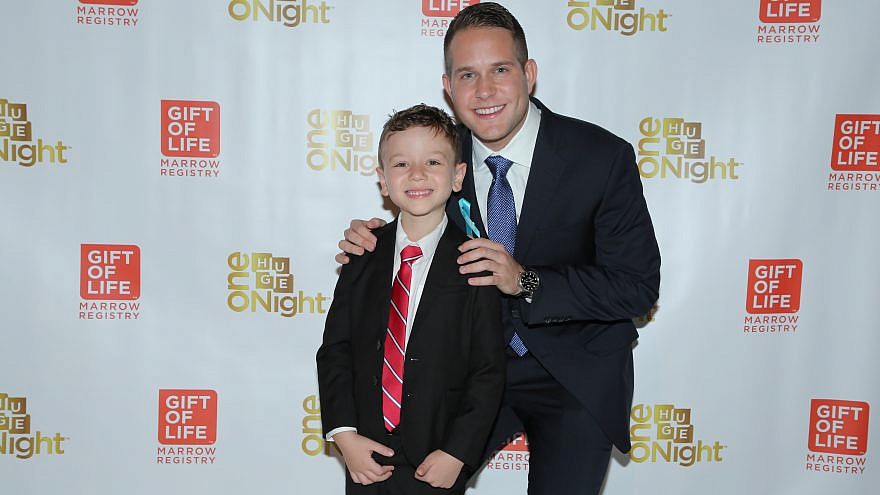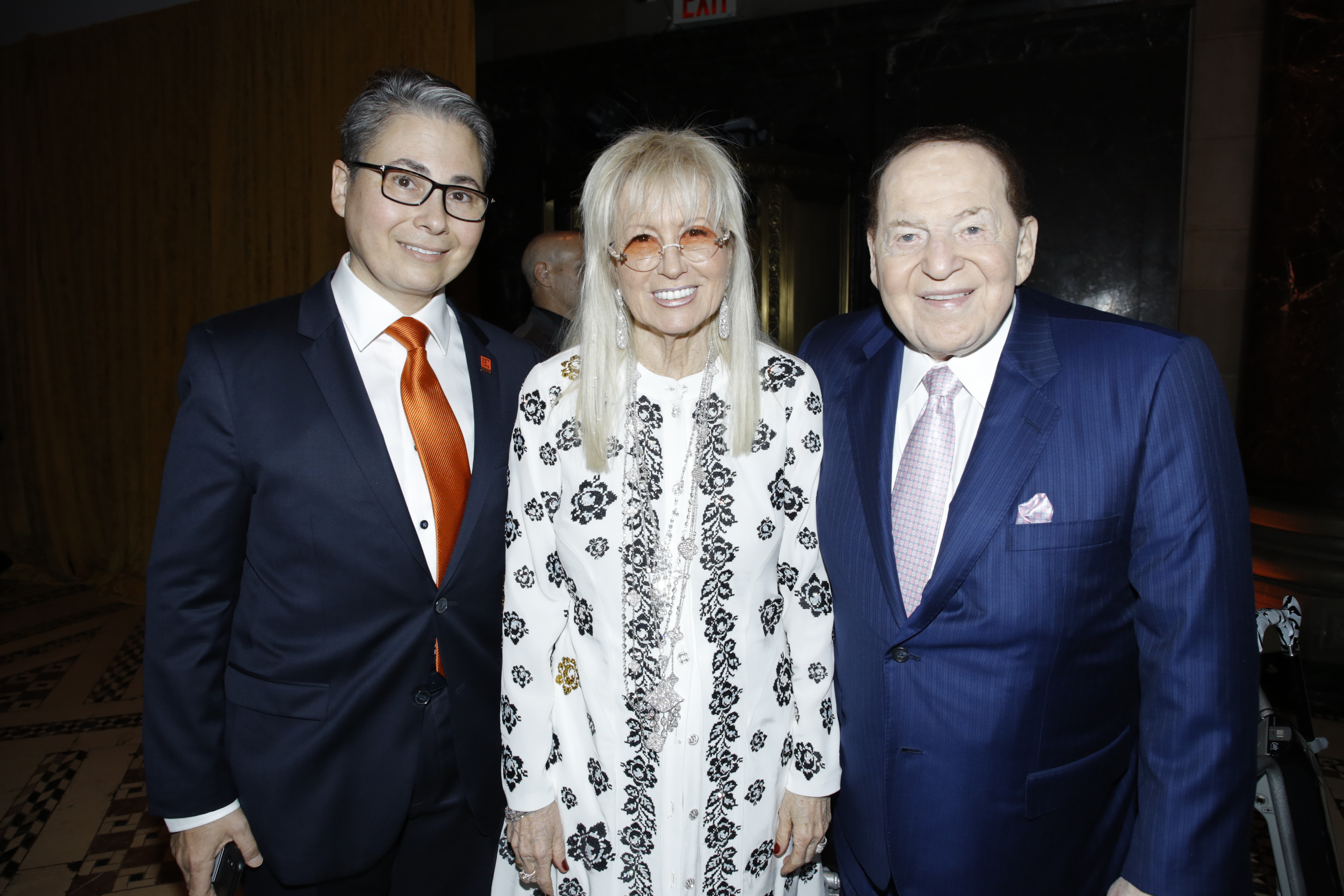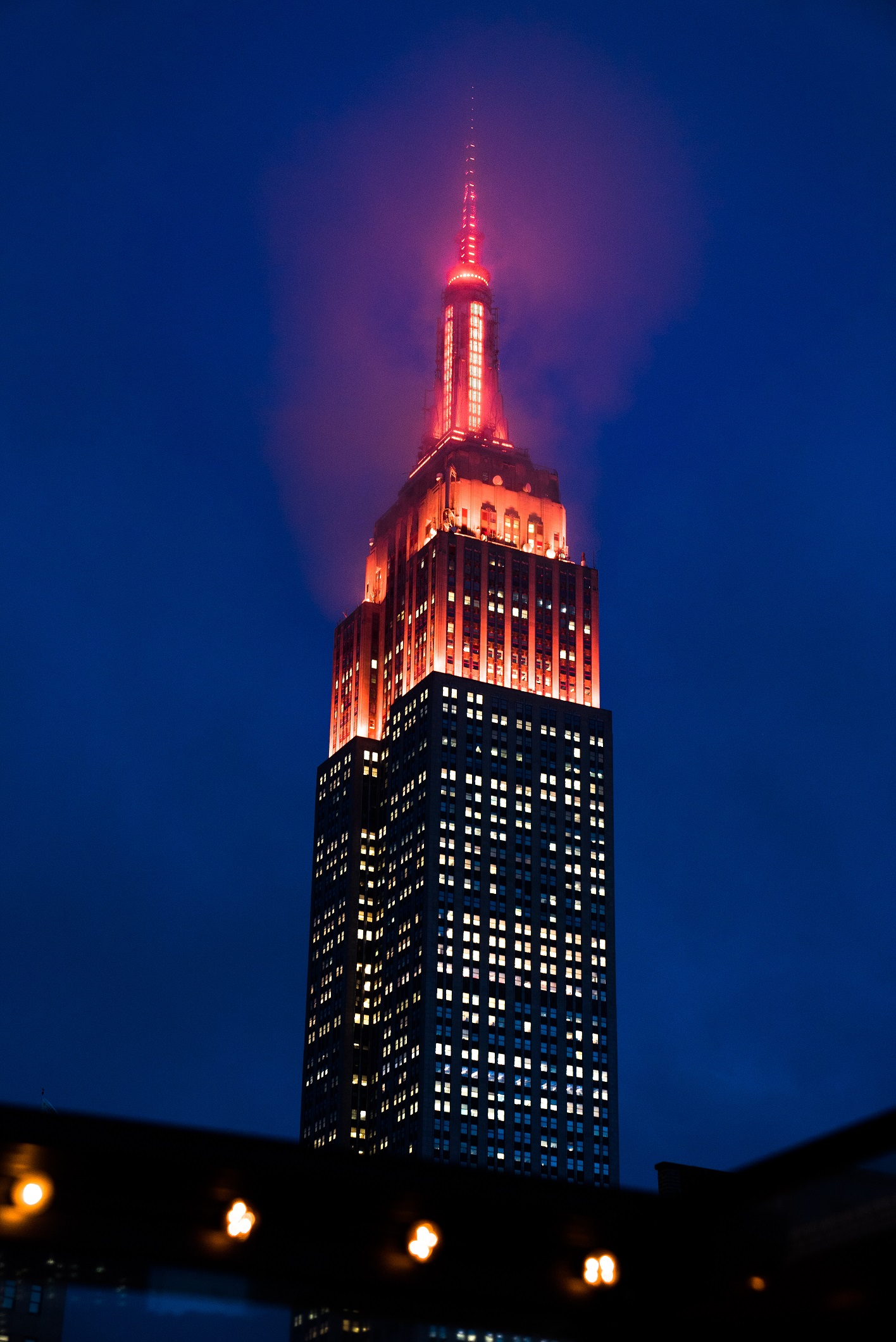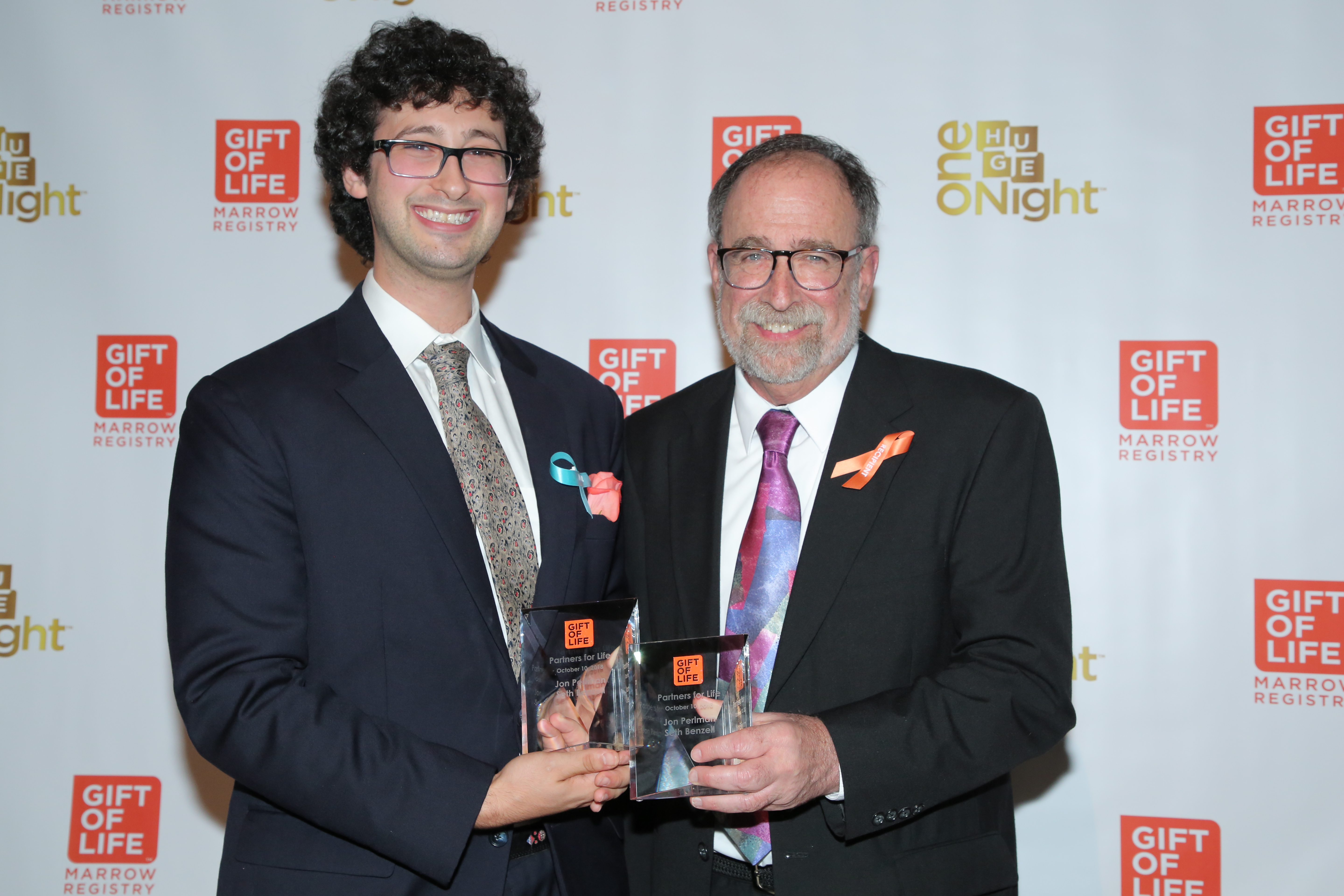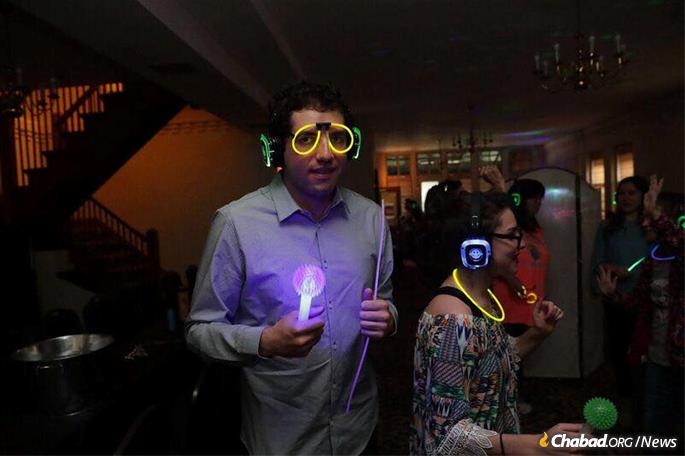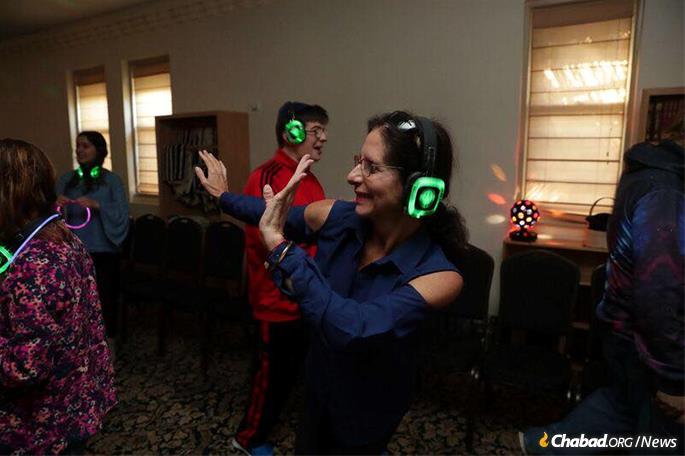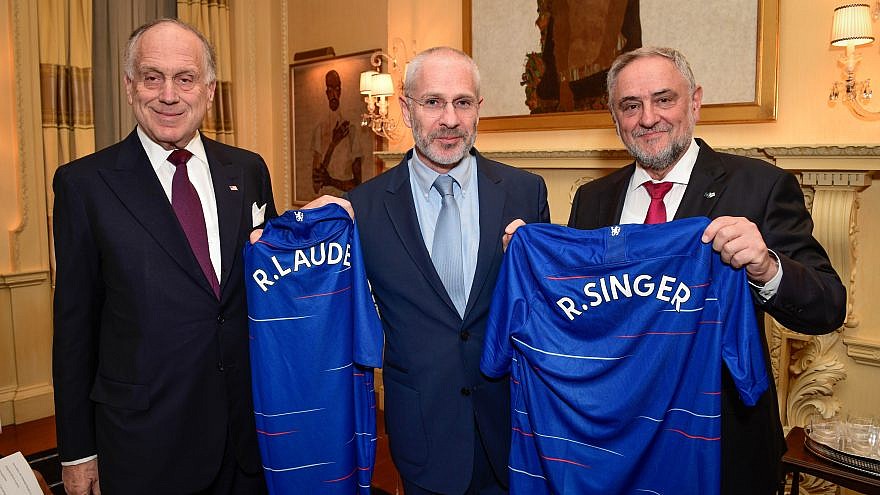They got the billing right. The headliner of a charitable evening in Midtown Manhattan on Oct. 17 featured 30-plus Israel Defense Forces’ soldiers and officers—donned in uniforms and berets representing various military branches and units—on hand for “A Night of Heroes: A Spectacular Celebration of Israel and the IDF at 70.”
The event, sponsored by the Friends of the Israel Defense Forces (FIDF) National New York Gala Dinner and held at the New York Hilton Midtown for a crowd of 1,200, raised more than $32 million to support the well-being of and educational programs for Israel Defense Forces soldiers.
Capt. Amir Guttman, the naval attaché, came to New York from Washington, where he represents the IDF to the Pentagon and the Coast Guard. He was not permitted to disclose details of his job or his exact place of residence. Cpl. Idan Bakshi of the IDF musical ensemble was pleased to represent Israel and the IDF, and was enjoying his first trip to New York. “It is nice to know that people chutz l’aretz [‘outside of Israel’] value what we do,” he said.
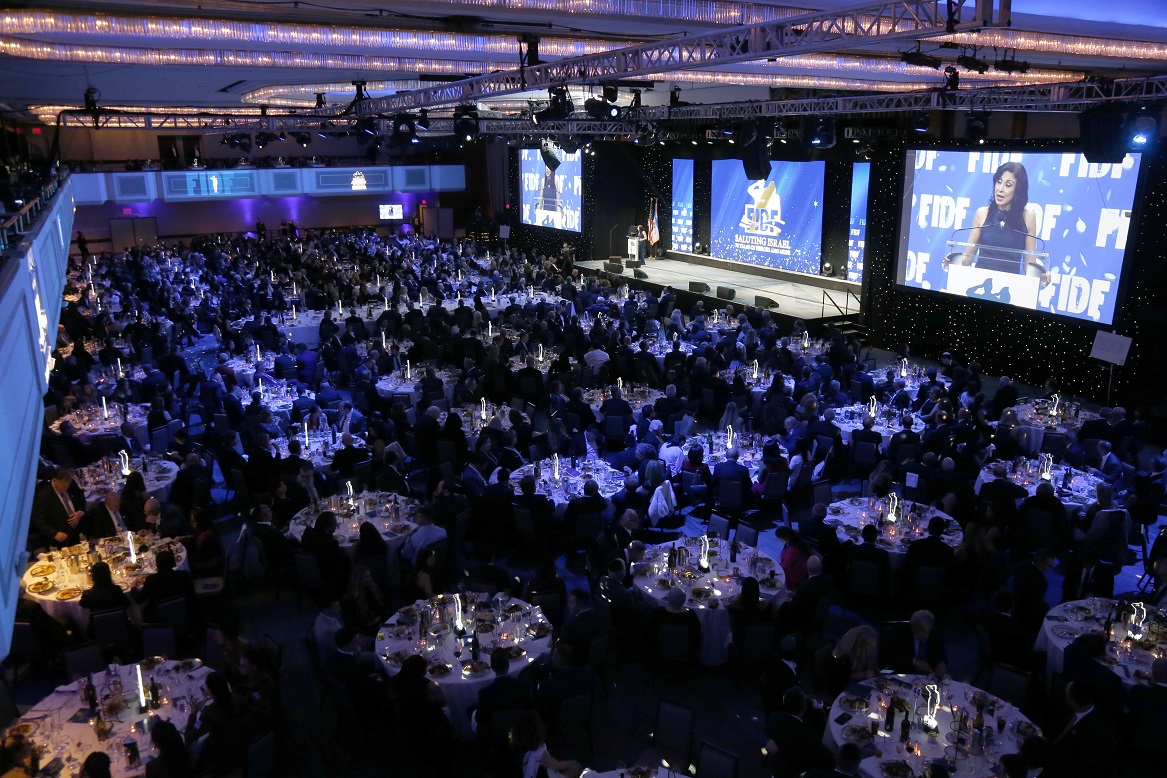
An overview of the FIDF National New York Gala Dinner at the New York Hilton Midtown on Oct. 17, 2018. Credit: Shahar Azran.
Sgt. Eden Hadassi from Emek Yizrael serves in the Maglan unit as an instructor of special equipment. She movingly told JNS of her great appreciation for the Friends of the IDF. Thanks to them, she attended Camp Ramah in Ojai, Calif., when she was 12 years old, as part of the Legacy/Moreshet program.
“My oldest brother was killed in the Second Lebanon War when I was 10, and I was invited to go to camp with others in the same situation as me,” she related.
Hadassi recently returned from serving as a counselor on a trip to San Francisco for children who lost a sibling while serving in the IDF. “I wanted to be there 24/7 for those kids. I can understand them.” She noted that “FIDF does so much for us—for wounded soldiers, lone soldiers and more. FIDF donated a synagogue building and classrooms, and an excellent gym on my base. And there is a special memorial room with a picture of my brother and information about him.”
Honored guests included a staff sergeant and paramedic who had been involved with treating wounded Syrian civilians along the border with Israel as part of the IDF’s “Operation Good Neighbor.” Maj. Or Ben-Yehuda, who served in the Caracal Battalion—one of the only co-ed military units in the world—and her mother, Professor Dina Ben-Yehuda, shared their story of heroism passing on from generation to generation. Attendees viewed moving videos of Dr. Ben-Yehuda, who served in the IDF during the 1973 Yom Kippur War, and Or, who in 2014 single-handedly fought off a group of terrorists and was awarded for her courageous actions.
Or, who lives in Kiryat Ono, spoke with JNS about how she has personally experienced FIDF’s impact. “I visited a lone soldier in my company in his apartment. It was cold; there was no closets, no kitchen stuff. I called the FIDF and when I came again, it was all there!”
She further reports, “When I was wounded at the Egyptian borer and lingered in the hospital, FIDF gave me a box with all the things a soldier could need: shampoo, food, etc. I was most proud of a letter inside from a couple who didn’t even know me. They said, ‘We appreciate what you do!”
Distinguished guests included Israel’s Ambassador to the United Nations Ambassador Danny Danon; Consul General of Israel in New York Dani Dayan; Israel Defense and Armed Forces Attaché to the United States Maj. Gen. Michael Edelstein; FIDF acting chairman Peter Weintraub; FIDF chairman emeritus Arthur Stark; FIDF acting president Robert Cohen; FIDF national director and CEO Maj.-Gen. (Res.) Meir Klifi-Amir and his wife, Brig.-Gen. (Res.) Gila Klifi-Amir; radio personality and voice over artist Valerie Smaldone, who presided as master of ceremonies; and FIDF tri-state executive director Galit Brichta.
On a lighter note, Israeli singer and actress Shiri Maimon, who recently starred as Roxie in “Chicago” on Broadway, performed several Hebrew and English songs.
‘Strong IDF, strong bond between Israel and America’
Highlighting the unique cooperation between the United States and Israel, Brig.-Gen. Tal Kelman, head of the Strategic Division of the IDF Planning Directorate and former Chief of Staff in the Israeli Air Force (IAF), discussed working together with U.S. Air Force soldiers during the Juniper Cobra joint military exercise earlier this year. He was joined on stage by Cpt. Or, the first female soldier to command a Patriot Battery, who recently employed an advanced air-defense system to shoot down the Syrian airplane and drone that invaded Israeli airspace this past July.
“Since its birth 70 years ago, Israel has continuously fought for its right to live as a free country in the Middle East. A true ‘Start-up Nation,’ Israel not only survives but thrives, with accomplishments and innovations that greatly contribute not only to her own citizens, but also to the rest of the world,” said Klifi-Amir. “The success of the State of Israel is rooted in many factors—most importantly, resting on two pillars: a strong IDF—one of the best militaries in the world, with the highest moral and ethics—and the strong bond between Israel and the great United States of America.
“Standing together is the most powerful way to continue to thrive, flourish and face the challenges yet to come,” she continued. “We were honored to have so many highly distinguished guests join us at this momentous annual gala, as we celebrated 70 years of Israel and saluted the heroes of the IDF.”
IDF Chief of the General Staff Lt. Gen. Gadi Eizenkot was scheduled to speak at the event, but had to return to Israel due to recent security developments. “He was on his way from Washington to New York at 9:30 p.m. when he was called back by the Prime Minister’s Office,” said Weintraub. “We therefore need to show solidarity and support or the IDF. We can’t forget the thousands on the ground protecting every inch of Israel, as we speak.
“The miracle called Israel has continued to exist as a strong and thriving country over the past 70 years, and it will continue to exist thanks to the heroic soldiers of the IDF, who put their lives on the line every day to defend the home of the Jewish nation,” he said. “I am proud to chair this extraordinary event and salute Israel’s soldiers for their countless sacrifices, historic victories and commitment to our people.”
Notable among the donations was a $5 million Planned Giving gift. Or Lachayal pledged $2.5 million; FIDF national vice president Marc Perlman pledged $1.6 million; Nefesh B’Nefesh pledged $1.3 million; FIDF Young Leadership New York pledged $1.2 million; FIDF national board member and New York Real Estate Division chairman emeritus Ofer Yardeni pledged $1 million on behalf of FIDF New York Real Estate; Brothers for Life pledged $1 million; Genesis Philanthropy Group pledged $700,000; and the Iranian American Jewish Federation pledged $550,000. Weintraub’s granddaughter pledged $180 for each of his 14 grandchildren.
Funds raised at the gala will provide much-needed and well-deserved services such as academic scholarships to combat veterans; financial assistance for soldiers in-need; support for “lone soldiers” throughout their service and upon release; crucial aid for wounded veterans and the families of fallen soldiers; weeks of rest and recuperation for entire IDF units; as well as educational, cultural and recreational facilities for all soldiers.

